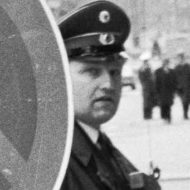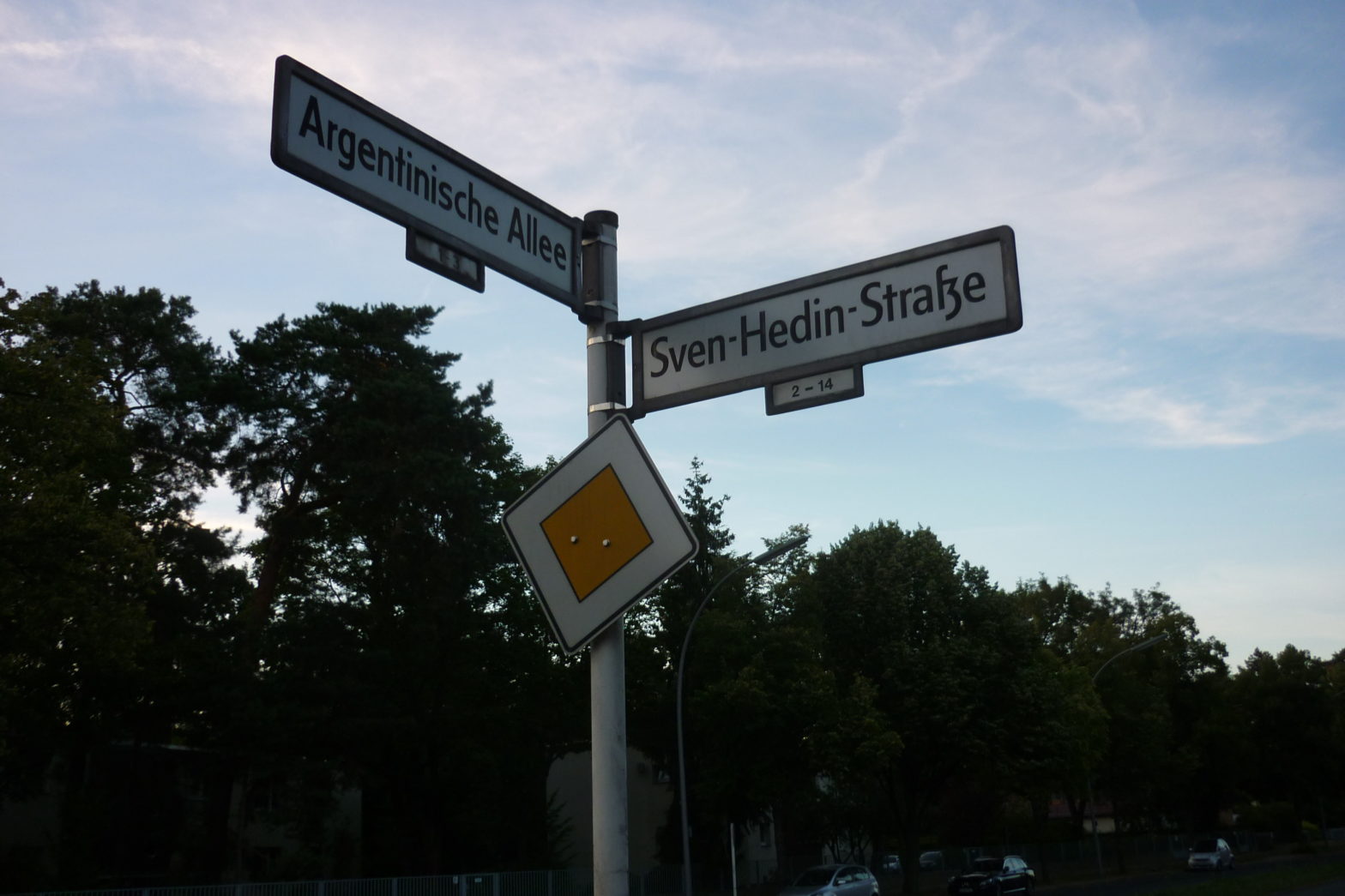1945 – 2024
A house, but not a home
Sven-Hedin Strasse 11 in the post-WWII years.
by R. W. Rynerson — July 2015 / October 2020 / December 2021 / November 2024
At the end of April 1945 the city stopped and was reset to zero when the exchange batteries were depleted in the dial telephone system. The phones went silent. Fighting in the last days of the Third Reich went on throughout Berlin into May.
On Sven-Hedin-Strasse a new neighbor moved into Number 11, the Soviet district commandant for Zehlendorf. Even before the shooting stopped Soviet Army civil affairs personnel set about restoring city utilities and services under the direction of Colonel General Nicolai Bersarin. General Bersarin had a distinguished combat record but had been educated as an engineer. By mid-May he had appointed district commanders. On May 13th, a week after Berlin’s defenders had formally surrendered, the first bus lines resumed service. On the same day the first postwar music concert was held. An U-Bahn line opened the next day. These are just a samples from the whirlwind of activity that was necessary to restore and maintain life in the damaged city. Ironically, on June 16th the general was killed in a motorcycle accident but parts of the Soviet forces continued his work.
Other parts of the Soviet forces carried on behavior tolerated by their leaders as revenge, payback, tit for tat for the behavior of German forces in their invasion of the Soviet Union. It is important not to ignore this because it colored subsequent events.
As described in The City Becomes a Symbol, the Soviet occupiers were not all on the same script and this was about to create problems for their Allies who also were not operating on the same script — or any script at all.
========================================

